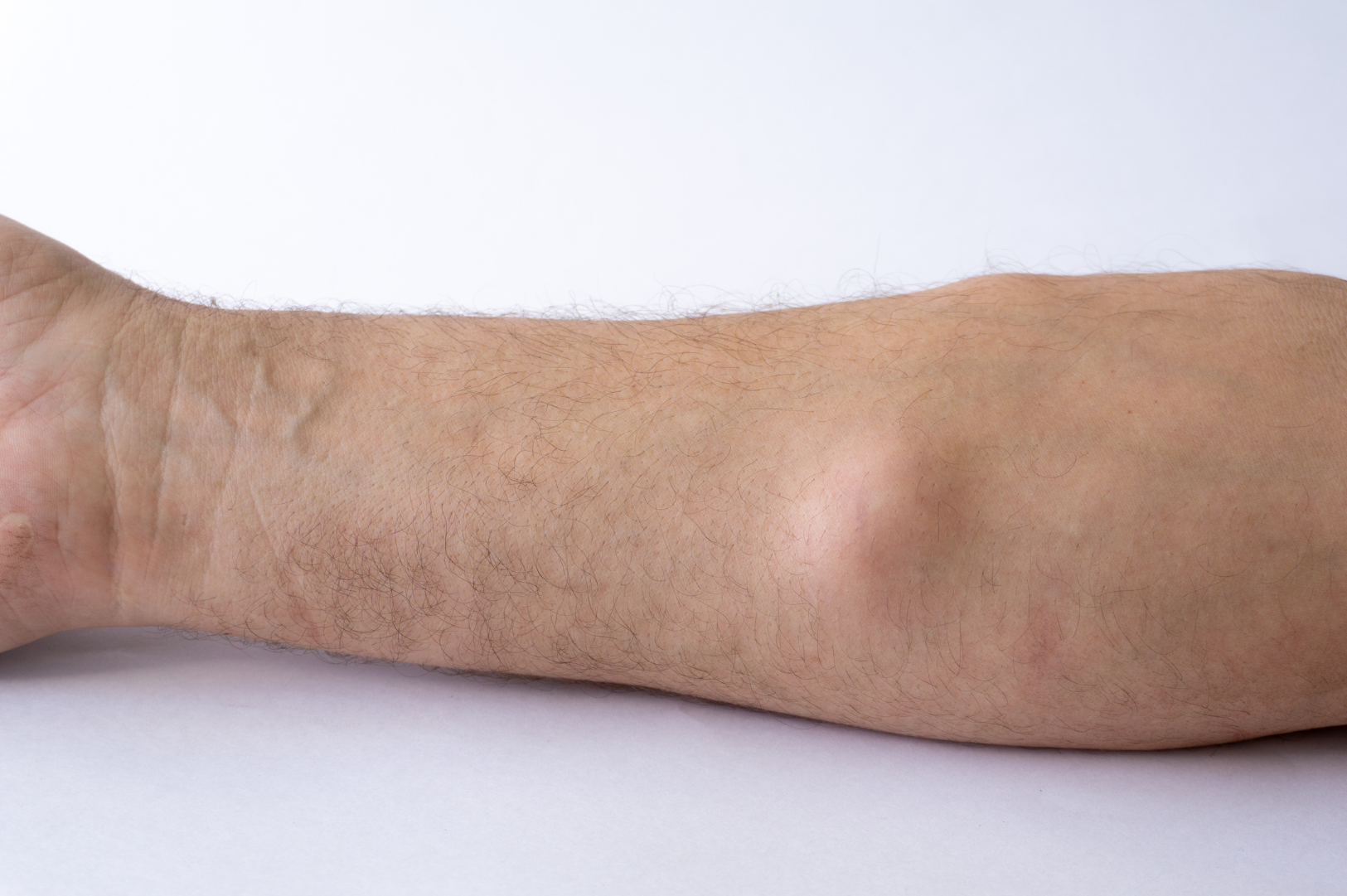
Skin growths are common conditions that may be benign (non-cancerous) or malignant (cancerous) developing in any part of your body. This article will explore one such benign nodule- “Lipoma.” Lipomas are slow-growing, non-cancerous, fatty lumps of tissues that grow in your body tissues between your skin and the underlying muscle layer. These are often found in the arms, forehead, neck, back, shoulders, or thighs but can be found anywhere in the body. Lipomas are freely movable nodules that are soft to the touch and rarely cause pain. These lumps usually do not require any treatment except for periodic monitoring. However, if they press against a nerve or blood vessel running through it, causing severe pain and discomfort, then they require medical intervention.
Read on to explore more about these harmless fatty tissues to understand this skin growth better!
A lipoma is a small (usually 2 inches in diameter) round or oval-shaped lump of fat that grows in your body’s soft tissues, just beneath your skin. It is generally harmless, even though it is classified as a tumor. Lipomas can appear anywhere in the body but are often found in your back, arms, neck, shoulder, or thighs. These lumps move easily, feel rubbery when touched, and do not spread to the surrounding tissues.
Lipomas are common skin growths that often appear between 40 and 60. However, they can also develop at a younger age. Lipomas affect people of all genders, but they are more likely to develop in women.
There are several types of lipomas based on their content and the extent to which they involve the skin layers:
Conventional lipomas contain white fat cells that are responsible for storing energy.
Angiolipoma contains many blood vessels along with fat cells and is often painful.
These rare lipomas contain fat and tissues that produce blood cells and resemble bone marrow.
These lipomas contain fat cells that are longer than they are wide.
These lipomas have fat cells of varying shapes and sizes.
These types of lipomas have deeper fat tissues with large numbers of cells.
These types of lipomas lie superficially, just below the skin.
These are deep-seated lipomas that are firm and appear yellowish.
The exact cause of lipoma is unknown. However, it is believed that lipomas can be inherited genetically if a parent, sibling, or close family member has one. Lipomas may also develop in areas with a significant impact from an injury.
Some conditions may also form multiple lipomas in different areas of your body. These include:
It is a rare condition characterized by soft-tissue tumors, osteomas (non-cancerous tumors of bone tissues), and colonic nodules.
It is a rare disorder characterized by multiple painful growths of lipoma, most often on the trunk, arms, and legs.
It is an inherited disorder characterized by the slow growth of fatty nodules on the trunk and thighs.
It is a genetic disorder that features multiple, non-cancerous, tumor-like growths.
Often, you may not have any noticeable symptoms associated with lipoma if they are deep-seated. However, subcutaneous lipomas may exhibit the following symptoms.
Lipomas that are confined to a particular area and do not spread to the tissues surrounding them.
Most lipomas are painless unless they press against a nerve or a blood vessel or develop near a joint.
They lie under your skin layer and move freely when you touch them with a slight finger pressure.
Lipomas can be easily detected by their clinical appearance. However, to diagnose a deep-seated lipoma, your doctor may perform the following:
Most lipomas do not require any treatment except for periodic monitoring. However, treatment may be necessary if the lipoma is cosmetically bothering you, growing rapidly, or causing pain and discomfort due to nerve compression. Your doctor may recommend the following treatment options:
This procedure involves removing the lipoma surgically using a curette (surgical instrument) through enucleation (removing the lipoma as a whole tissue).
This procedure involves the removal of the fatty tissues using a large needle and syringe through aspiration.
Lipomas are common, slow-growing fatty lumps that develop in areas like the arms, neck, back, shoulders, and thighs. Though not painful, they can be annoying and unsightly. Often, these lumps do not require any treatment, but if they cause pain and you are concerned about their size and location, consult your doctor. Your doctor may remove the lipoma through excision or liposuction. Once removed, these fatty tissues rarely grow back.